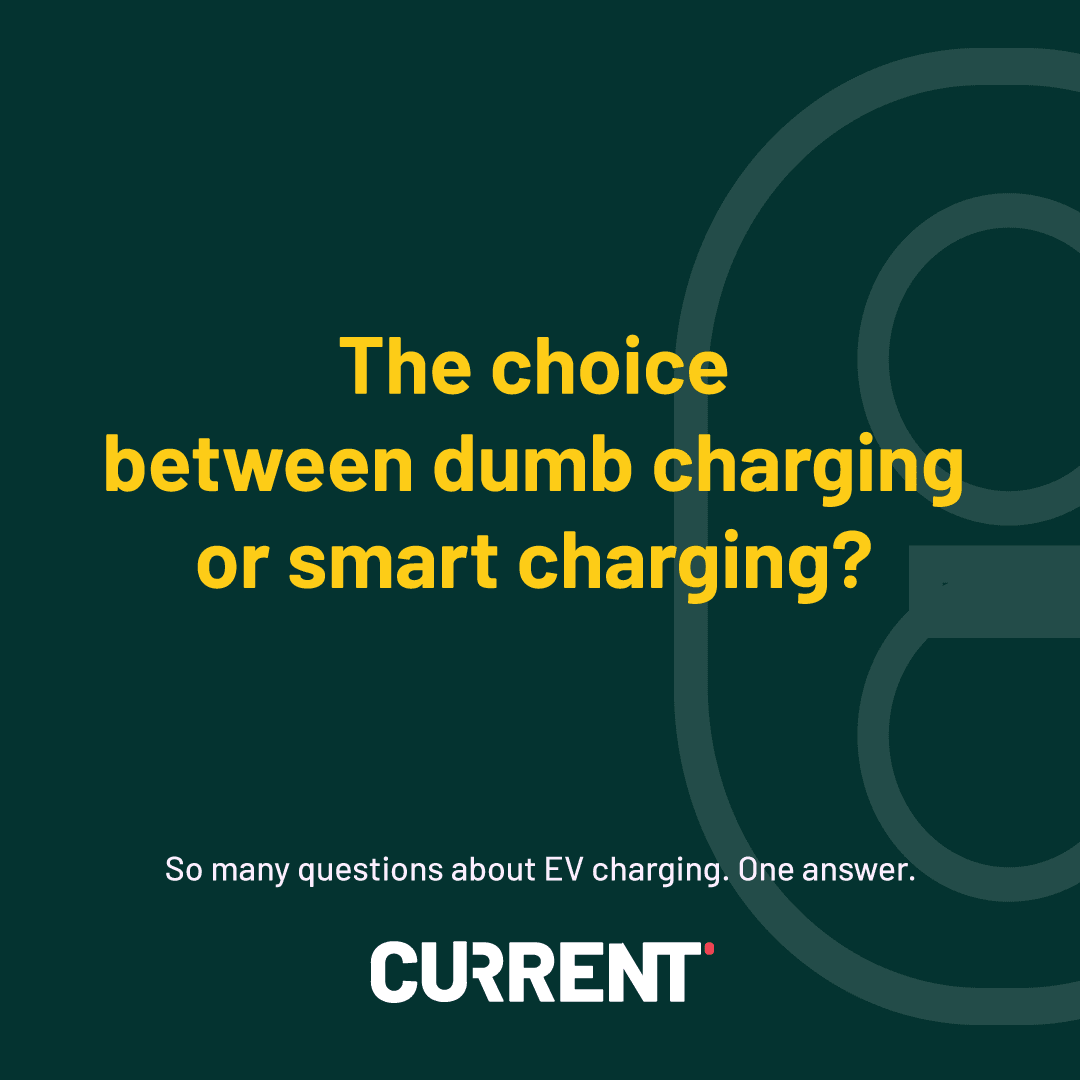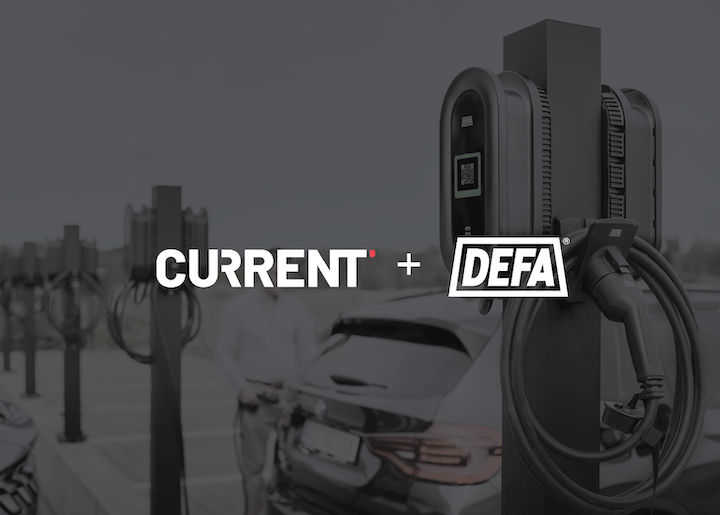
For fleet operators going electric, smart charging is a must-have. Here’s why.
In our previous article, we explain what smart charging is, and how it works. Here we'll discuss why smart charging is essential to EV fleet operators.
Simply put, smart EV charging capabilities are technological solutions designed to reduce the impacts of EV charging on the electrical grid and minimize costs by controlling the time, power, and location of charging.
Fleet operators today face the following questions when electrifying their fleets:
- How can I charge hundreds of vehicles simultaneously at the depot?
- How can I make sure all my vehicles have sufficient energy when I need them?
Let me explain how smart charging is the answer.
THE BUSINESS CASE FOR SMART EV FLEET CHARGING
Over the next decade, electric vehicle fleets will have an exponentially increasing demand for electricity. The grid cannot handle a load like that. The grid designers did not even remotely imagine that hundreds or thousands of diesel and petrol vehicles would switch to electric vehicles, creating a huge and volatile demand for capacity and energy.
Thus fleet operators are faced with a choice:
- Increase the capacity of the grid by investing in new transformers and grid lines, which could cost millions.
- Invest in smart charging capabilities, which are comparatively low-cost and also allow the fleet operator to optimize charging events based on vehicle schedules, routes, and employee shifts.
Here are three reasons why smart charging capabilities are crucial for fleet operators to make their EV transition affordable and sustainable:
1. EASIER AND MORE COST-EFFECTIVE GRID CONNECTION
As previously mentioned, most distribution infrastructure that exists today was not designed for mass EV charging. Neither for the increase in capacity demand nor the volatility of usage.
Depending on how they are charged, vehicle fleets that park and fuel at central depots may overload the local distribution grid. Originally built to handle the electrical load of illumination and office space, fleet parking facilities will need to be able to accommodate the additional power demand created by fleet charging. The local distribution infrastructure may need to be upgraded if the capacity (kW) needed to meet electric vehicles’ energy demand (kWh) is greater than the infrastructure’s de facto capacity – and this is costly.
For fleet operators, smart charging can be an effective way to avoid or delay the need for grid upgrades by reducing the complexity and cost of grid interconnection for EV fleets. With smart charging being considered from the start, fewer distribution upgrades will be required, meaning even bigger savings.
2. UTILITY BILLS CAN BE CONTROLLED MORE EFFECTIVELY
Smart charging continues to benefit fleet operators, even when the local distribution capacity can handle EV charging. It assists in avoiding peak tariffs by optimizing usage during intervals with the highest power consumption each month.
As an example, DC fast chargers that power heavy-duty fleet vehicles need high power volumes and will incur demand charges, which can be substantial for fleet operators with low electricity usage. If unmanaged, demand charges can make up 90% of operational costs, depending on daily usage patterns and local utility rates.
Smart charging enables EV fleets to optimize power consumption, through load balance and load shifts, in order to reduce utility costs while still enabling the fleet to run as scheduled. In addition to being more flexible, smart charging infrastructure can also protect against unforeseeable changes and take advantage of power rates that are available through the utility.
3. IT SUPPORTS RENEWABLE ENERGY CAPACITY AND INTEGRATION
Wind and solar energy are intermittent renewable sources, which means their output fluctuates throughout the day based on the availability of sunlight and wind. Using time-of-use rates allows you to better align charging with available renewable energy, resulting in electricity savings during periods of high renewable energy production.
Using EVs as a buffer against volatility in distribution can lower energy prices and enable flexible energy demand in areas where renewable energy is widely available.
Excess solar energy during peak generation periods, for example, can be stored in EV batteries and used later – not only by the vehicle itself but also potentially by other consumers thanks to the Vehicle-to-Grid (V2G) technology.
V2G enables energy stored in EV batteries to be fed back into the grid at specific times, to help supply energy at times of peak demand. In essence, this makes electric vehicles into giant energy storage systems.
SUMMARY
Smart charging is a win-win for fleet operators, as it's beneficial for the environment and the bottom line. Smart charging capabilities can even enable EVs to become energy storage assets to support the growth of renewable energy and improve grid functionality.





